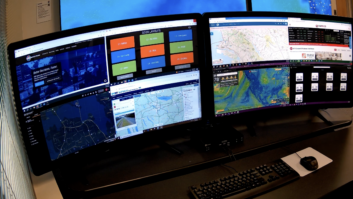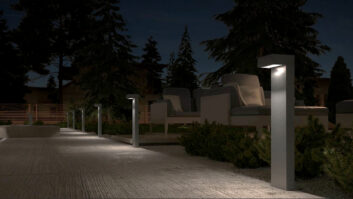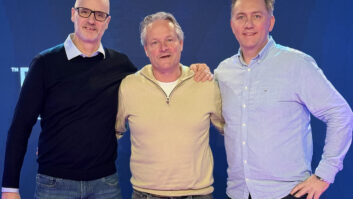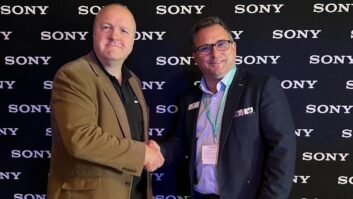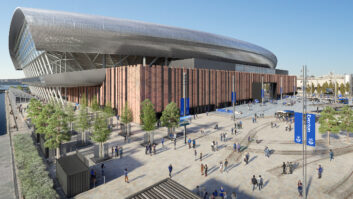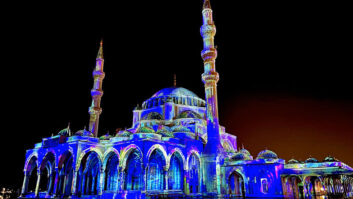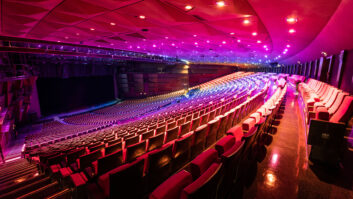Atos has released a new report called Ascent. A Vision for Sport and Technology. In it, the Worldwide IT Partner of the London 2012 Olympic and Paralympic Games sets out its vision of how technology will change the sporting landscape in stadiums as well as for viewers and athletes in the coming years.
Display technology in particular has benefitted at this year’s Olympic Games, with Panasonic alone installing 45 LED Large Screen Display systems and 47 103in plasma displays across Olympic venues in the UK, and this looks set to continue. For those who cannot get tickets to events, one predicted development is using holographic projector technology to recreate the scene in local stadiums in much the same way as Tupac was brought back to life by Musion Eyeliner earlier this year.
“We’ll be able to allow the spectator to understand more of what is happening in the field of play through real-time data and stereoscopic, 3D or holographic viewing. It will enable the viewer to watch an event from almost any perspective,” says Jordi Cuartero, chief technology officer at Atos Major Events.
Big screens, however, may make way for smaller personal devices for each individual in the stadium which will be able to call up information on athletes, news, social media etc on demand – if the infrastructure can be designed to cope with such demand.
This interactivity will be enabled by an increase in network capacity via the Cloud.
In the extreme, the report suggests that Cloud technology could mean there is no reason for a single city to build the stadiums, broadcasting centres and operations compounds needed to host a major event such as the Olympics. Instead technology could be utilised to allow events to be held in different locations bringing them to more people locally but making it more remotely accessible. Indeed, Euro 2020 may do just this, with the possibility of having 32 host nations already raised. Either way, storing all data securely in the Cloud will make for cost savings when compared with building a physical infrastructure.
Cuartero adds: “All the major manufacturers of connectivity devices are now building solutions for covering high-density wireless networks, and technology providers are preparing themselves to implement these kinds of solutions.”
The Cloud can also enhance security with facial recognition and Big Data tools (which process large, complex volumes of data that traditional data management techniques couldn’t cope with) able to deliver information about people in the stadium in just 0.3 seconds.
For viewers outside of the stadium, multiview 3D will allow people to pick a virtual vantage point from which to view proceedings. By 2020, quality is expected to have improved to such an extent that it would be possible to watch, say, a football match from any angle.
“Multiview 3D technology is already here,” says Paul Moore, new media expert from the Atos Scientific Community. “It’s not great quality yet, but it will be by 2020.”
In terms of lighting, the trends seen in the home are expected to be mirrored in stadium installs with greater demand for low-voltage, long-lasting bulbs.
“The evolution of social networking, Big Data, new media and smart stadiums will combine to provide a virtual experience that would be unrecognisable today,” concludes Guy Lidbetter of Atos’ Scientific Community. “Ten years from now, the way in which we consume sporting events, whether at the venue or from afar, will be like comparing the widescreen HDTV experience of today with watching balck and white TV in the 1960s.”
